An inefficient HVAC system raises energy bills, shortens lifespan, and leads to costly repairs due to higher power consumption and frequent breakdowns. Regular maintenance, sealing leaks, and using a smart thermostat can improve efficiency and reduce expenses.
From higher electricity consumption to expensive repairs, an inefficient HVAC system can become a significant financial burden. This guide breaks down the hidden costs and offers solutions to help you improve efficiency without unnecessary expenses.
How Much Energy Does an HVAC System Use?
HVAC systems are among the biggest energy consumers in most homes. According to the U.S. Department of Energy (DOE), heating and cooling account for up to 48% of total household energy use.
For many homeowners, this translates to hundreds or even thousands of dollars per year in energy costs. But an inefficient system can push those costs even higher.
Key Statistics on HVAC Energy Consumption
- Air conditioners alone use about 6% of all electricity in the U.S., costing over $29 billion annually.
- A central air conditioning unit consumes an average of 2,500 kWh per year, adding about $437.50 to annual electricity bills.
- Older HVAC systems can use twice the energy of newer models to provide the same level of heating or cooling.
- Improper HVAC installation can reduce efficiency by up to 30%, leading to significantly higher energy bills.
These numbers highlight how much an inefficient system can impact your finances. But energy consumption is only part of the problem—let’s look at the direct financial impact.
The Financial Impact of an Inefficient HVAC System
Higher Monthly Energy Bills
One of the most immediate effects of an inefficient HVAC system is the increase in monthly utility bills.
- Dirty air filters, leaky ducts, and outdated components force the system to work harder, consuming more energy.
- Poor insulation and air leaks make it difficult to maintain a steady temperature, leading to constant cycling and higher costs.
- Incorrect thermostat settings or outdated manual thermostats contribute to unnecessary energy waste.
Even small inefficiencies can add up, making your heating and cooling costs unnecessarily high.
Frequent and Costly Repairs
An HVAC system that runs inefficiently is more likely to break down. Components that work harder than necessary wear out faster, leading to frequent repairs.
- Compressor failures (one of the most expensive repairs) can cost $1,500–$3,000.
- Refrigerant leaks require refilling and sealing, which can cost $200–$1,500 depending on severity.
- Blower motor replacements range from $500–$1,500, depending on the system.
Skipping routine maintenance often leads to small issues becoming expensive problems over time.
Shorter System Lifespan
A well-maintained HVAC system can last 15-20 years, but an inefficient one may fail much sooner.
- Poor maintenance can cut HVAC lifespan by 5–10 years, leading to premature replacement costs.
- Replacing a central AC unit can cost $5,000–$12,000, while a full HVAC system replacement can exceed $15,000.
- Neglecting regular tune-ups and cleaning accelerates system wear and tear, leading to avoidable breakdowns.
Investing in routine maintenance can extend your system’s lifespan and delay the need for costly replacements.
Why Inefficient HVAC Systems Waste Energy
Understanding why your HVAC system is consuming more energy than it should can help you take corrective action.
Leaky or Poorly Insulated Ducts
Your ductwork is responsible for delivering heated or cooled air throughout your home. If it’s damaged, poorly insulated, or leaking, you could be losing up to 30% of that air before it reaches your living space.
Dirty or Clogged Filters
A clogged air filter blocks airflow, forcing your system to work harder to maintain your desired temperature. Changing your filter every 1–3 months can improve efficiency by 5–15%.
Thermostat Issues
Using an outdated thermostat or constantly adjusting temperatures manually can make your HVAC system run longer than necessary, consuming more energy.
Failing Components
Worn-out parts such as motors, compressors, and refrigerant lines can reduce your system’s ability to heat or cool effectively.
Poor System Sizing
An undersized HVAC system will struggle to heat or cool your home efficiently, while an oversized unit will cycle on and off too frequently, leading to energy waste and premature wear.
How to Reduce HVAC Operating Costs
If you want to avoid high energy bills and unnecessary repairs, there are steps you can take to optimize your system’s efficiency without replacing it.
Schedule Regular Maintenance
Routine HVAC tune-ups can catch small issues before they become expensive problems. A professional technician will:
- Inspect and clean the system to ensure it runs efficiently.
- Check refrigerant levels to prevent strain on the compressor.
- Lubricate moving parts to reduce friction and wear.
Upgrade to a Smart Thermostat
A smart thermostat can automatically adjust temperatures based on your schedule, helping you save money by reducing unnecessary heating and cooling.
- Can cut HVAC costs by 10–12% per year.
- Allows remote adjustments via smartphone apps.
- Optimizes temperature settings for efficiency.
Seal and Insulate Your Home
Preventing heated or cooled air from escaping reduces the workload on your HVAC system.
- Seal gaps around windows, doors, and vents to stop air leaks.
- Insulate ductwork in attics and crawl spaces to prevent energy loss.
- Use weatherstripping to maintain indoor temperatures.
Clean or Replace Air Filters Regularly
A simple filter change every 1–3 months can help your system run more efficiently and last longer.
Optimize Your Temperature Settings
Avoid extreme settings that force your system to work harder than necessary.
- Set your thermostat to 78°F in summer and 68°F in winter.
- Use ceiling fans to circulate air, reducing the need for continuous heating or cooling.
- Avoid frequent temperature changes, which make the system work harder.
Final Thoughts:
Running an inefficient HVAC system doesn’t just cost you more in energy bills—it shortens your system’s lifespan and leads to frequent repairs. The good news is that with regular maintenance, smart upgrades, and better energy practices, you can reduce these costs and improve your system’s performance.
By making simple changes like sealing leaks, cleaning filters, and optimizing your thermostat settings, you can save money while keeping your home comfortable all year round.










